I just have solved one of the bjt common emitter question below. However, I'm curious that how can I additionally find those things below:
1) Input and Output Impedance
2) AC Gain
Here is the example and my hand draw solution. However, the question only asked to find Vout/Vin...
Also, my 3rd question is, Does Vout/Vin (I calculated as -3) mean voltage gain?
Another my 4th question is Does voltage gain mean mean AC gain? Or, what is AC gain exaclty? I am not sure
I will be enormously happy if you satisfy my curiosity and show me the right way...
Also, if you have suggestions to solve this question in a more usable way, I am open to listen your suggestions.
I'm just secondary class student, that is why I try to figure out with questioning...

